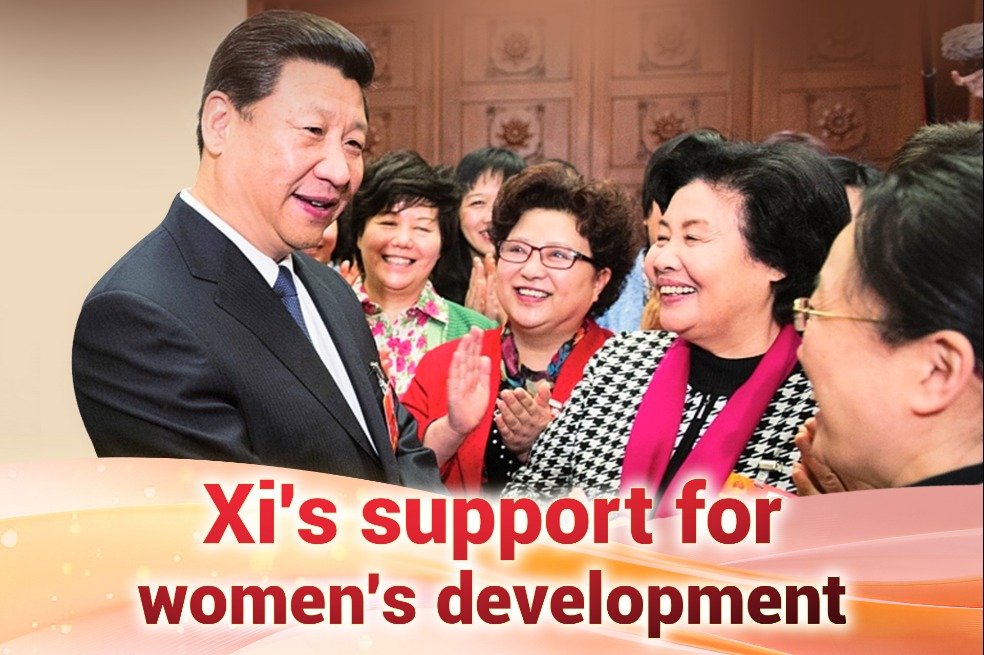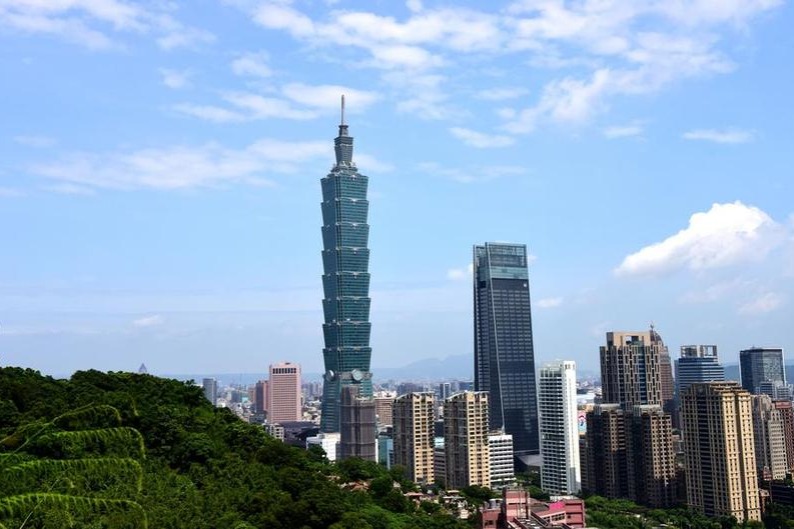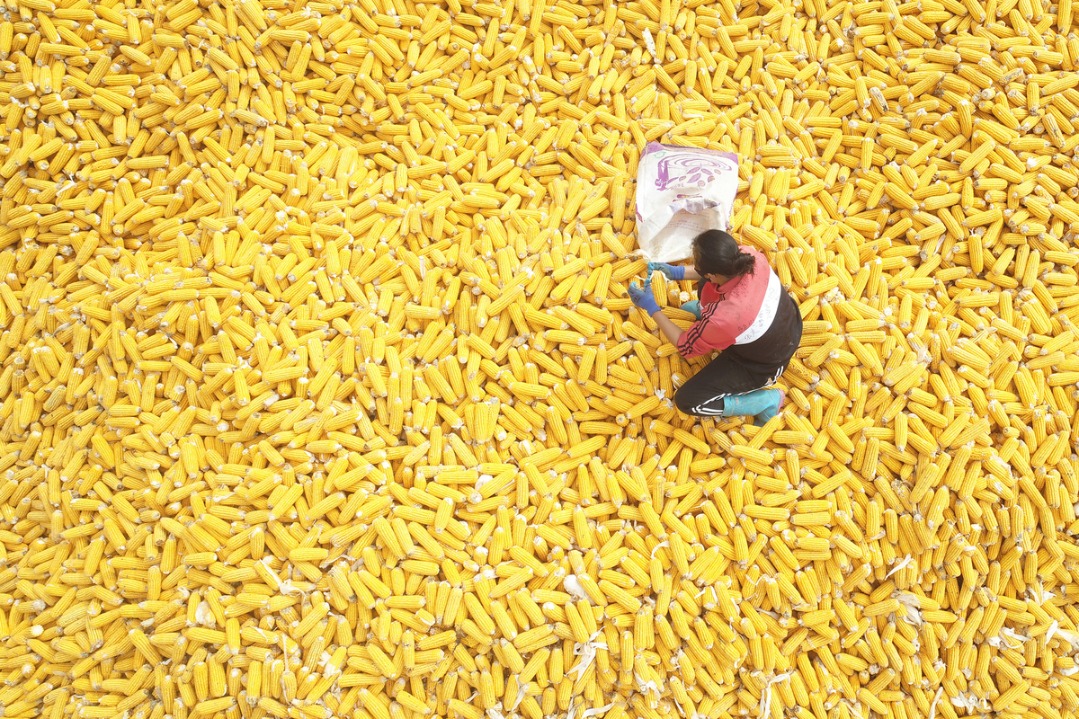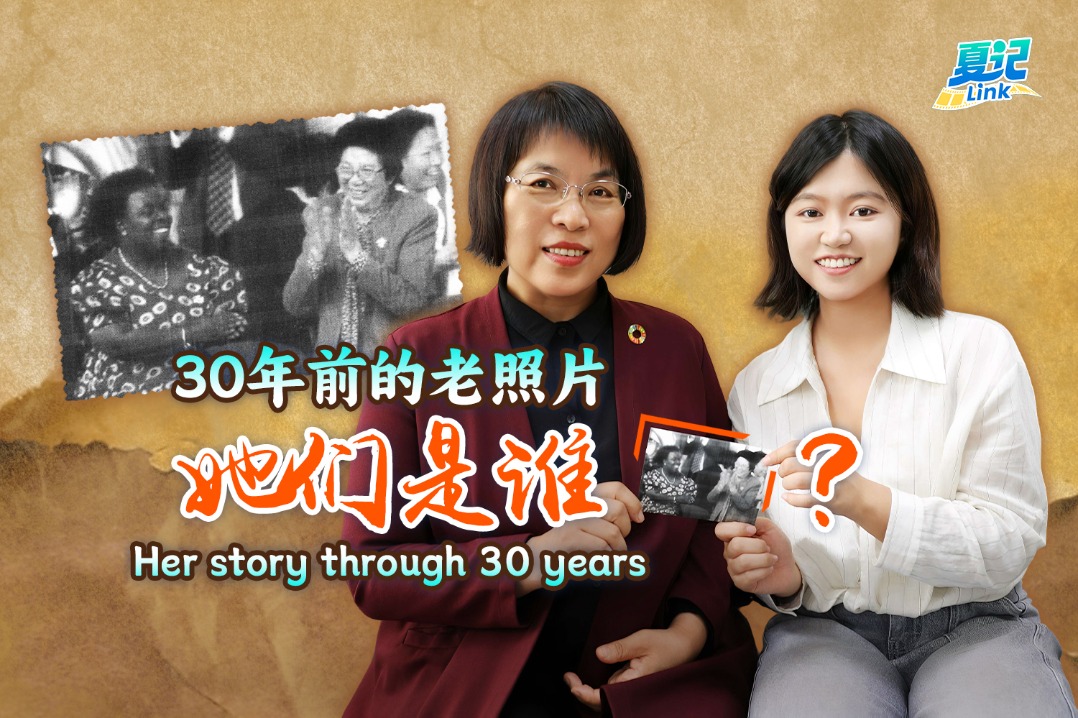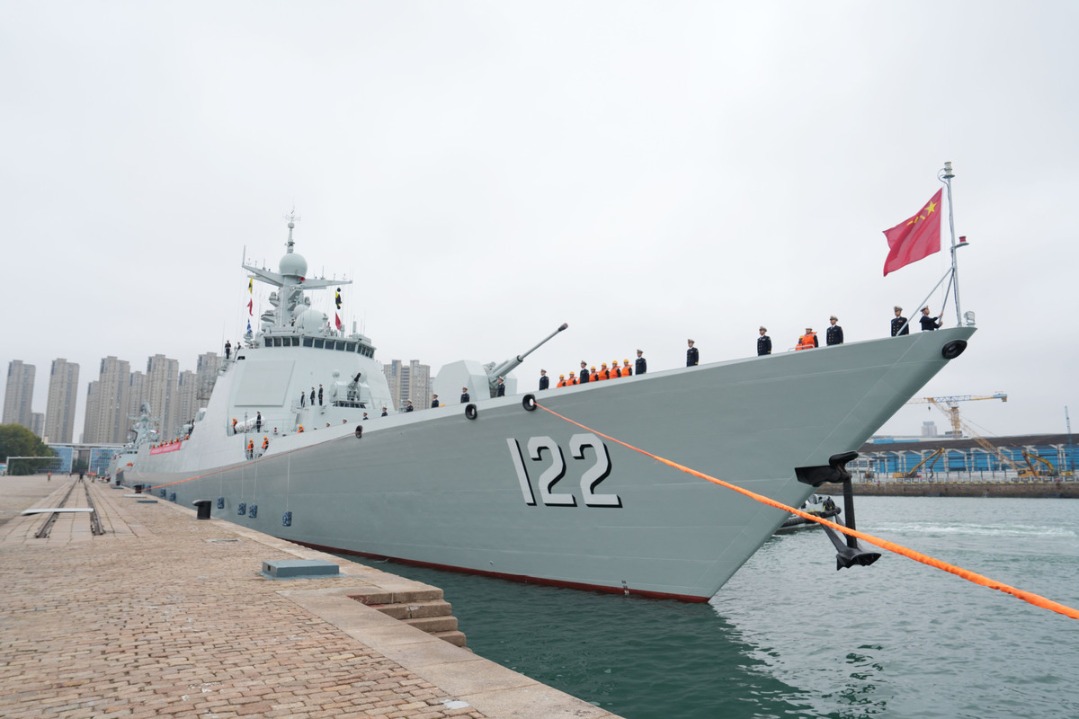Keepers of the century past
By Fang Aiqing | CHINA DAILY | Updated: 2024-07-25 07:25

The roofs are decorated with qianci, brightly colored porcelain shards assembled into the shape of auspicious figures such as the dragon and the phoenix, martial figures from local Teochew Opera, and flowers. The figures carry iron weapons in their hands, which also serve as lightning rods, Zhang explains.
Apart from stone carvings on the facades, there are wood carvings covered in lacquer and gold leaf on the beams. Many depict scenes from Teochew Opera, such as stories adapted from the classical novel Romance of the Three Kingdoms, which contributed to making General Guan a household name.
In the past, on festival days and when successful overseas Chinese returned, Teochew Opera performances would be held in the open space between the two temples to express gratitude to the deities, Zhang says.
The area was used as a marketplace the rest of the year. The old town originated there and gradually expanded. Finally, after the local government began an integrated urban planning and road construction program in the 1920s, a business district with a small circular park at its core and roads radiating outward was built. It remains intact until this day.
This was a period when a great number of overseas Chinese returned to invest in business and real estate. For example, right across from the park is the landmark Nansheng Department Store, which originally belonged to Li Bohuan, a Hakka businessman who made his fortune in Indonesia, and his business partners.
The grand seven-story building was completed in 1932, and included a department store, local and Western restaurants, and a hotel. It was lit with electric lamps every night, had flowers on each floor, and was home to the city's first elevator, which remained in use for 60 years.
In the two years following its completion, Li worked with neighboring business owners to fund and build a pavilion in the small park in memory of revolutionary leader Sun Yat-sen (1866-1925), which has since become the symbol of the old town area.





